- 路 Microwave
- 路 Atmospheric Pressure Microwave 路 Pressure Microwave 路 Parallel Microwave
- 路 Ultrasonic 路Low Temperature Ultrasound
- 路 Ultraviolet Light
- 路 Microwave Heating 路 Atmospheric Pressure Synthesis 路 Atmospheric Pressure Catalysis 路 Atmospheric Pressure Extraction
- 路 Sample Preparation 路 Microwave Digestion
- 路 Soil Digestion 路 High Pressure Synthesis
- 路 Solid Phase Synthesis
- 路 Organic Synthesis
- 路 Ionic Liquid Synthesis
- 路 Degradation Of Natural Organic Matter
- 路 Natural Product Extraction / Purification
河北祥鹄科学仪器有限公司
Microwave heating effect and its characteristics
The efficacy of microwave in the process of chemical reaction is getting more and more attention, and the microwave has been used in more fields of chemistry. The microwave has a much lower energy level than that of the laser, but can produce an efficiency several times or even several tens of times higher than the conventional method at the same temperature or even lower temperature. The view of this kind of high-efficiency and academic circles is different, so far, there is no rigorous theory to explain the mechanism of the microwave reaction well, which undoubtedly restricts the development of the microwave chemistry.
In order to reasonably explain the rate increase observed in microwave-assisted chemical reactions, three possibilities can be envisaged: thermal effect (thermal / kinetic), special microwave effect and non-thermal microwave effect. This paper introduces the characteristics and characterization of microwave heating effect.
This article describes the characteristics and characterization of microwave heating effects.
The increase of the chemical reaction speed is due to the simple thermal/ kinetic effect, that is, when the polar substance is irradiated in the microwave field, a very high reaction temperature can be rapidly achieved.
The special microwave effect still belongs to the thermal effect in essence. The overall temperature of the solvent boiling under microwave irradiation depends on many factors, such as the physical properties of the solvent, the shape of the reactor, the flow of materials, the thermal flow and the electric field distribution.
It should be emphasized that overheating can actually be eliminated by adding zeolites or stirring. During microwave heating, the temperature of the inner surface of the reactor wall is lower than that of most of the liquid because the energy is dispersed in the whole liquid and the surface of the reactor wall is not heated.
In the traditional heating test, the temperature sensitive substances, such as catalyst, may decompose on the surface of the hot reactor, and eliminate the high temperature on the surface of the reactor, which can prolong the life of the catalyst.
Therefore, the conversion rate of microwave heating reaction is higher than that of traditional heating method. Another characteristic of microwave medium heating is the whole heating, that is, microwave can heat the whole reaction compound quickly and uniformly.
Microwave irradiation is unlikely to selectively "activate" polar functional groups (so-called antenna groups) in a larger molecule.
The chemist summarized the following chemical meanings:
This antenna group may rotate locally to heat molecules containing such functional groups in microwave media, which may accelerate the reaction rate of these groups. However, the process of dielectric heating is accompanied by the rapid transfer of energy from these groups to neighboring molecules, so it is not possible to store energy in a special part of the molecule.
Basically, most non-thermal effects result from the direct interaction between electric field and special molecules in the reaction medium. However, the view that the preexponential factor A or the activation energy (entropy condition) of the Arrhenius equation has been changed because of the effect of dipole molecules caused by the existence of electric field has always been disputed. A similar effect can also be observed in polar reactions, because the polarity from ground state to transition state increases in polar reactions, which is enhanced by decreasing the activation energy.
Foreign scholars observed that there was no difference between conventional heating method and microwave heating method through two irreversible addition reactions. In many cases, microwave irradiation results in changes in selectivity (chemical, regional, and stereoselectivity) compared with conventional heating methods. Many scholars at home and abroad have improved the conversion rate of these synthetic processes through microwave assisted chemical process research.
However, more researchers believe that the energy level of microwave heating is small, the energy level of the excited molecules can not be excited, the experiment and the detection means of the microwave heating chemical reaction are not perfect, the measured kinetic data is not as accurate in the conventional heating reaction, The so-called special microwave effect is caused by the systematic error detected, and the microwave heating is only a heating method, and there is no special or non-thermal effect. However, it is difficult to explain the change of the product structure in the chemical reaction of some microwave intervention, in particular, it is difficult to explain the change of the optical isomer composition of some reaction products after the microwave intervention.
The effect of microwave on chemical reactions, in addition to the pyrogenic effect, should also have non-pyrogenic effects.In theory, microwave can not only accelerate chemical reaction, but also inhibit the occurrence of chemical reaction under certain conditions. The mechanism of microwave acceleration / mitigation of chemical reaction is very complicated. From this point of view, the influence of non-thermal effect will make microwave chemistry more distinctive and has far-reaching significance. Therefore, it is a significant research direction to explore the unity of opposites between thermogenic and non-thermal effects of microwave, and it is also a problem to be solved urgently in the field of microwave chemistry.
And the special microwave chemical reaction equipment can be manufactured according to the correct reaction mechanism and the influence factors. Therefore, it is very necessary to find the best electromagnetic wave conditions for accelerating the chemical reaction in the practical application, which is of great importance to the better application of the microwave in the chemical industry.








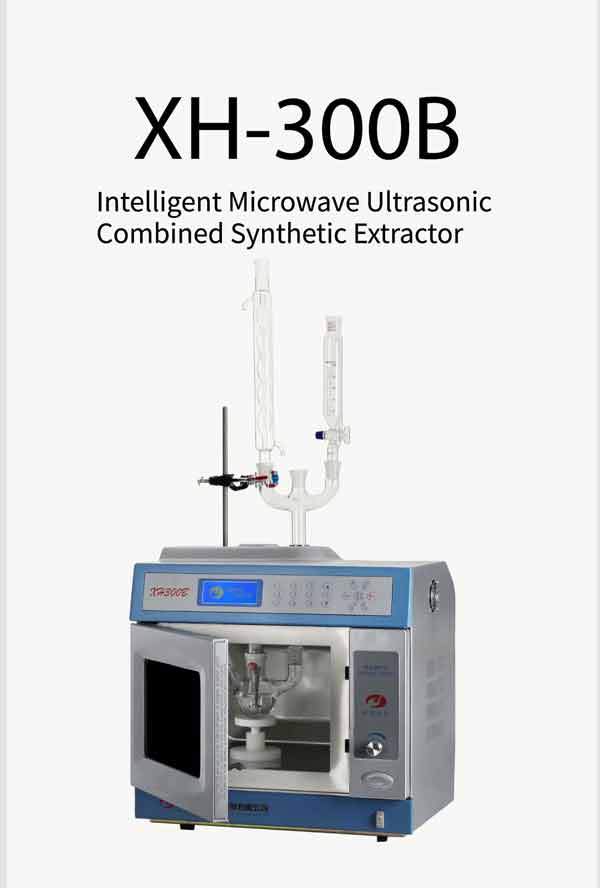

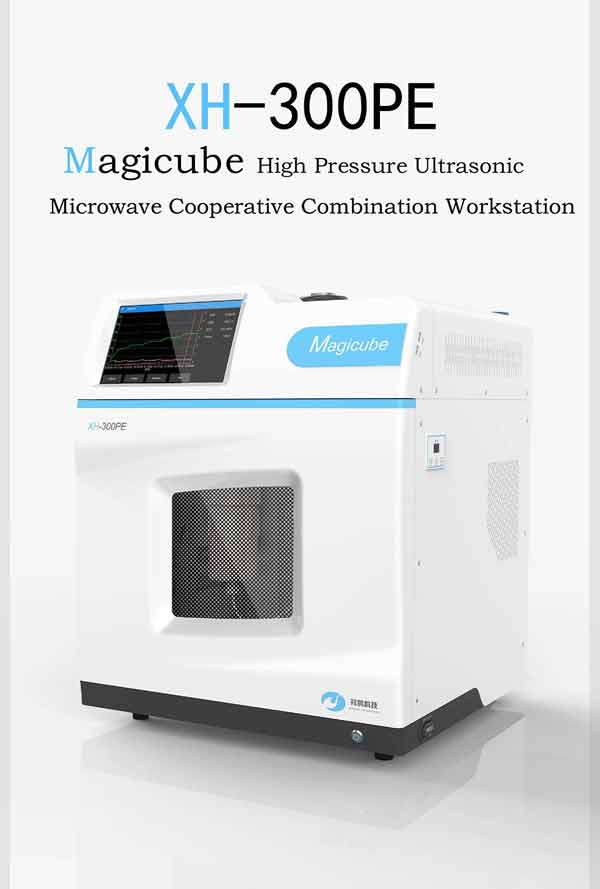
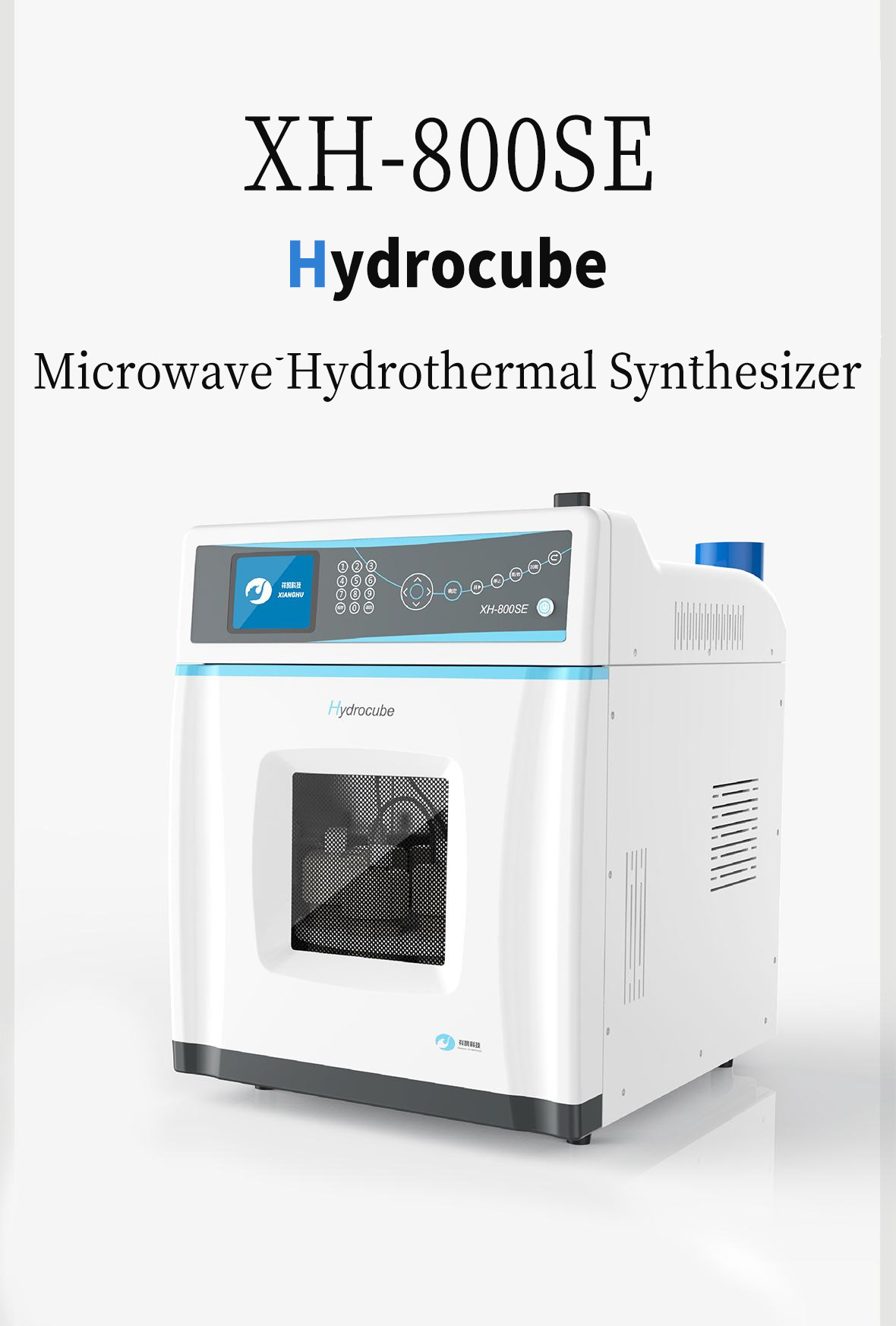
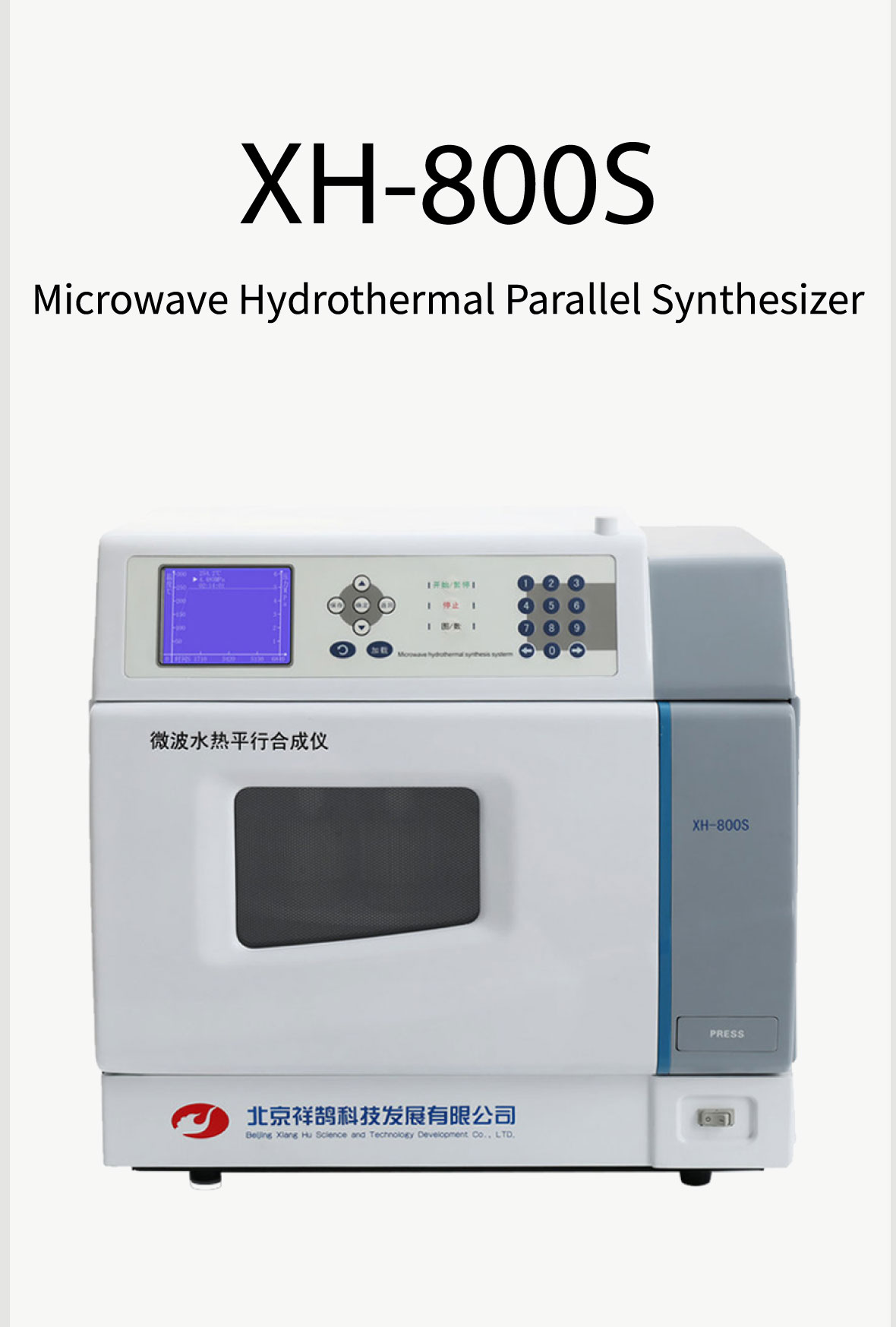
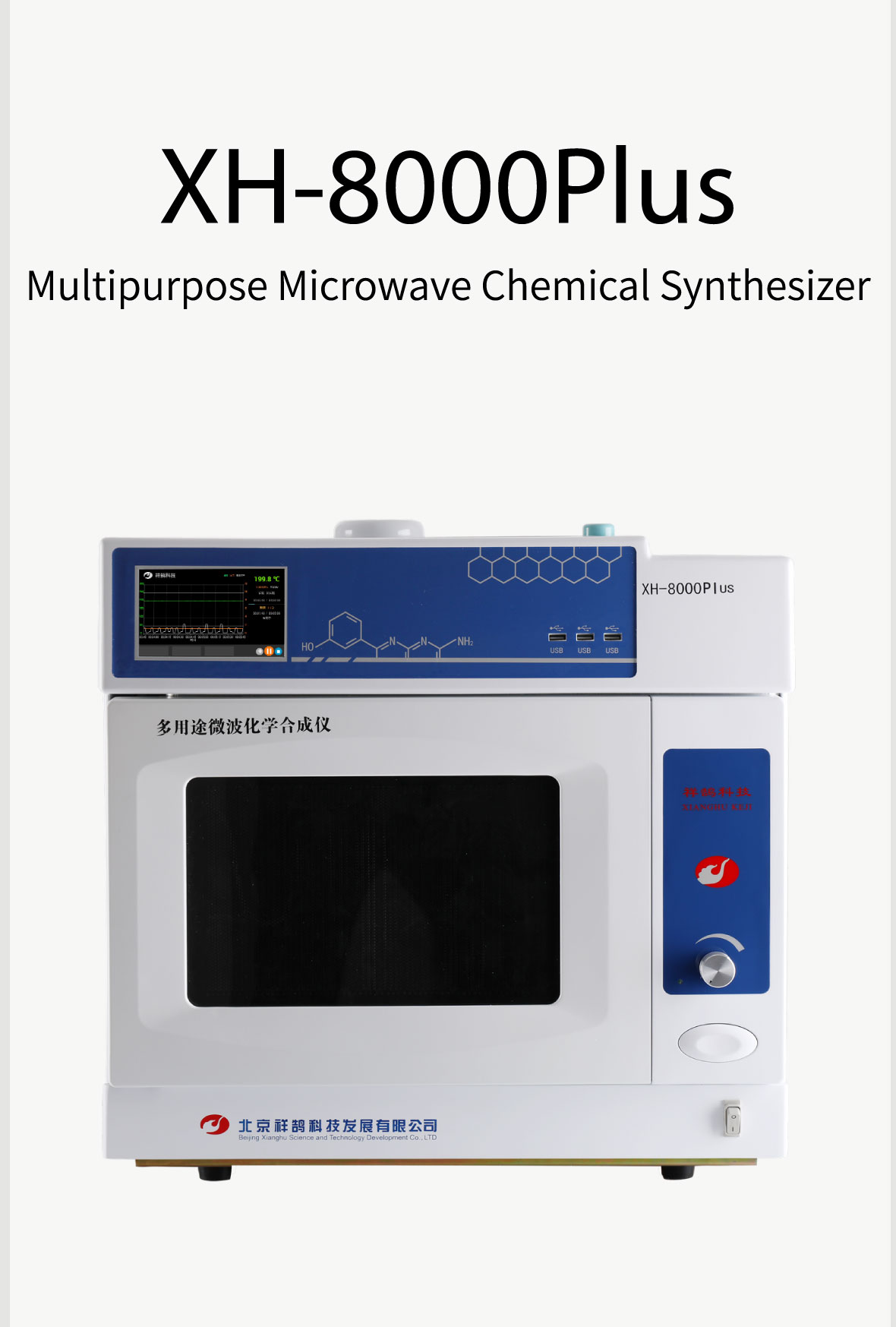
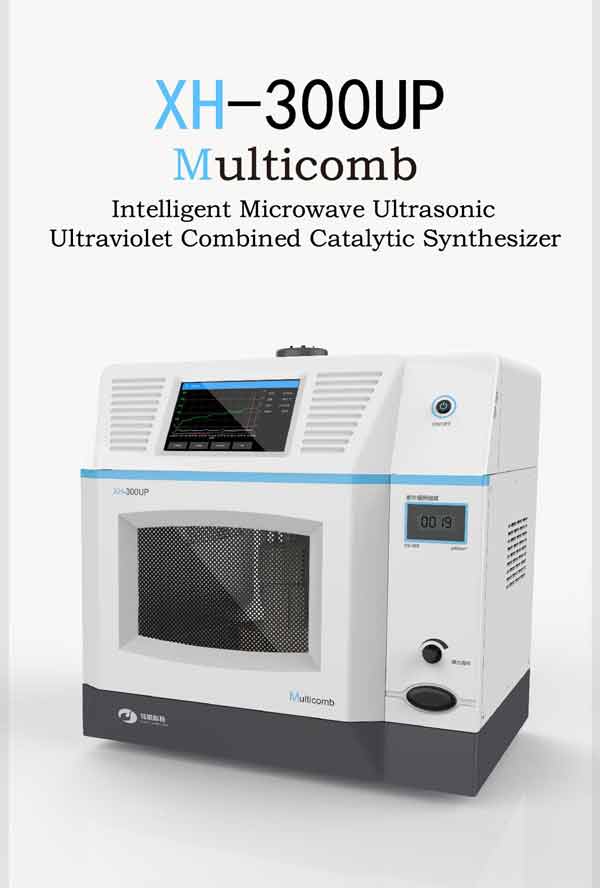
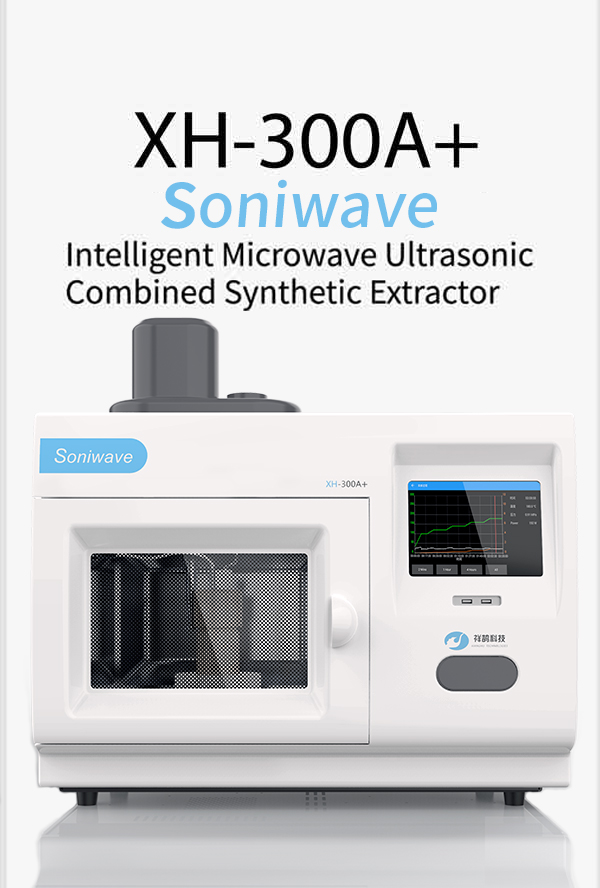

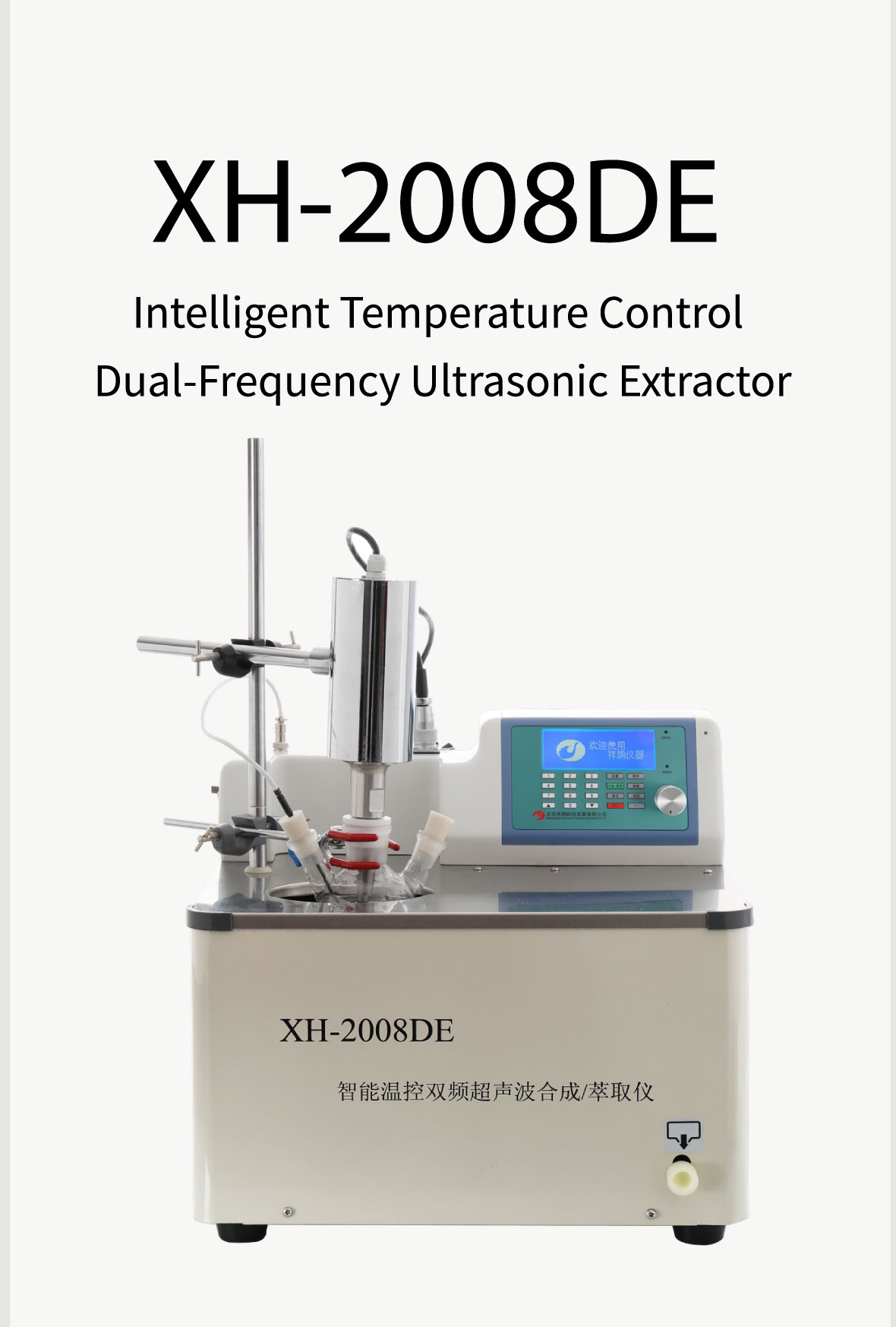



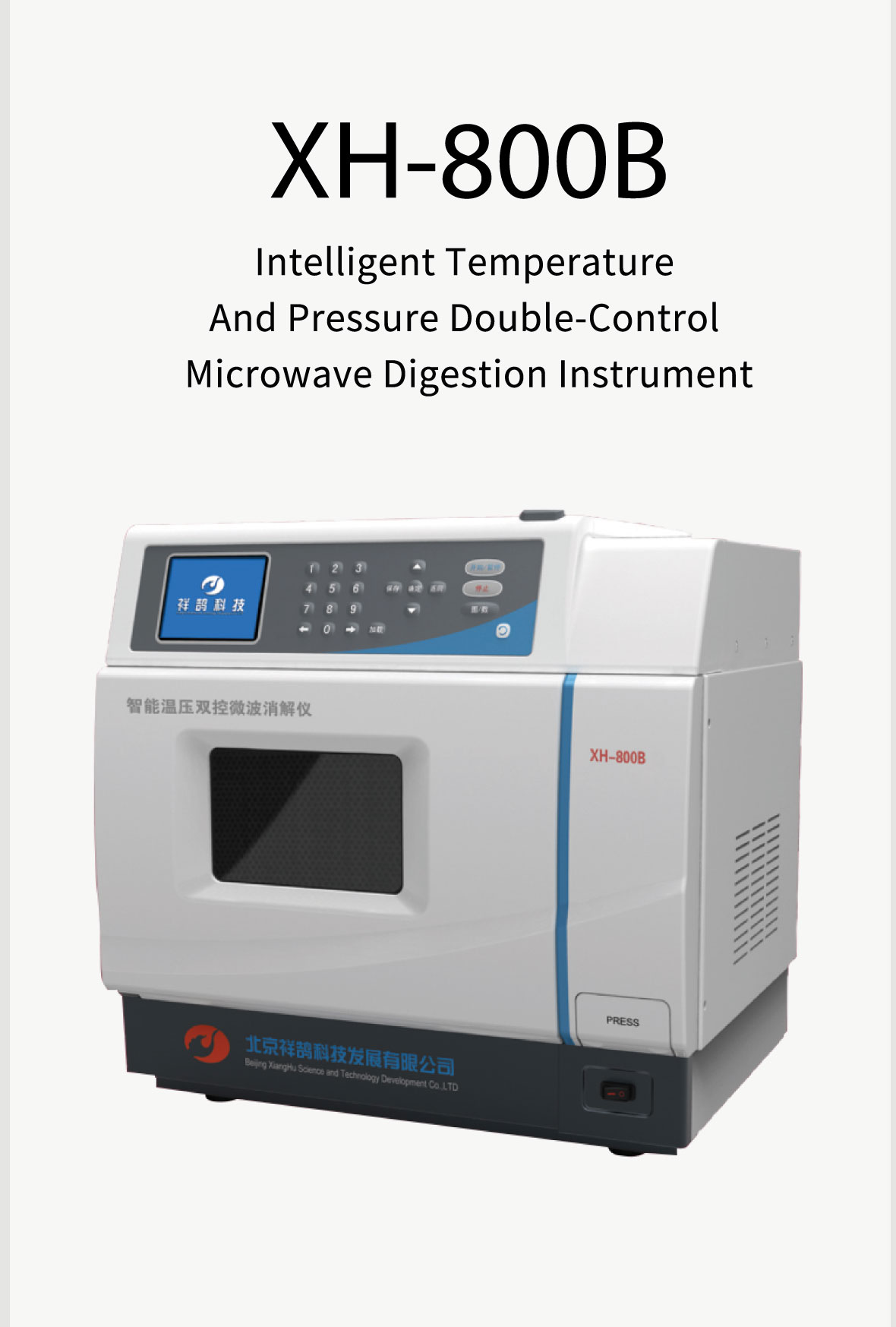

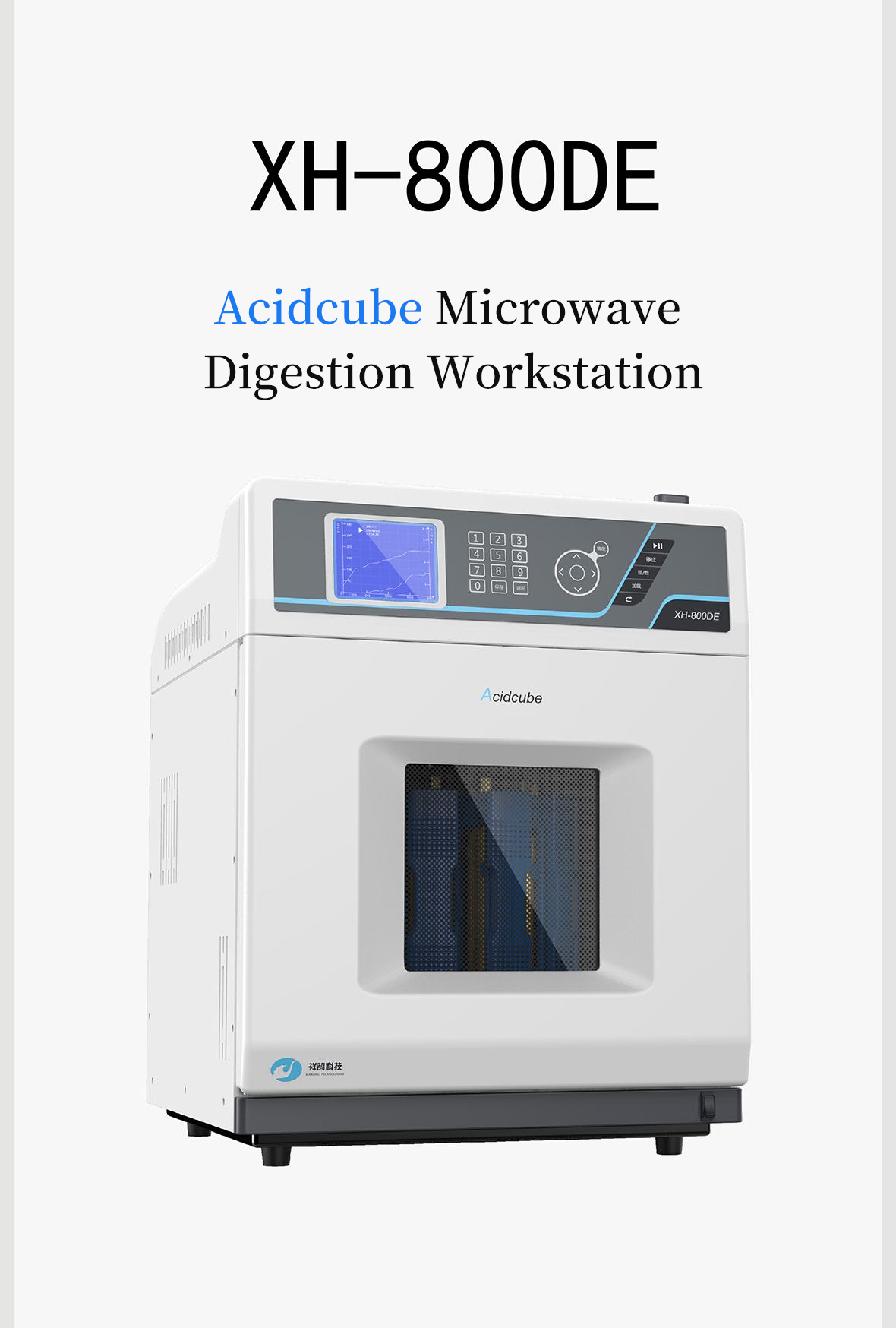

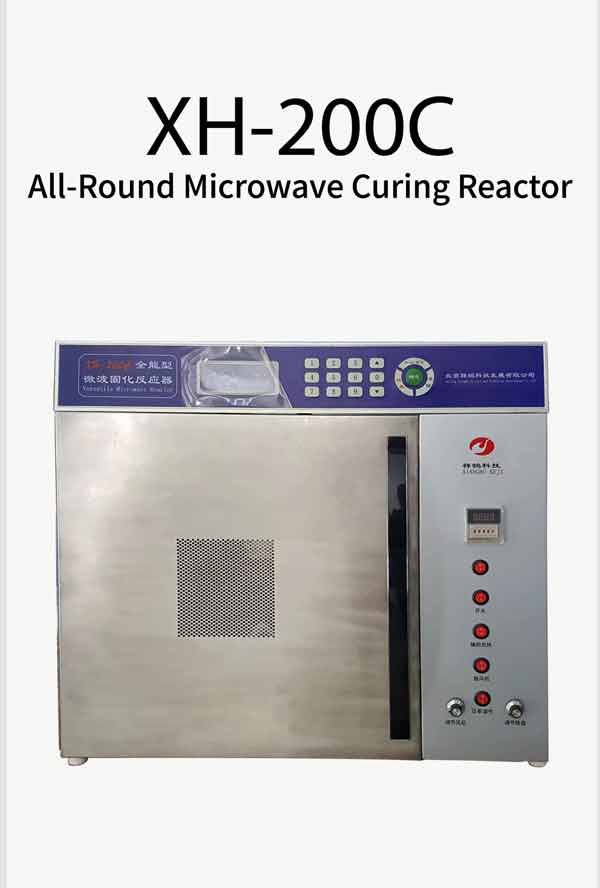
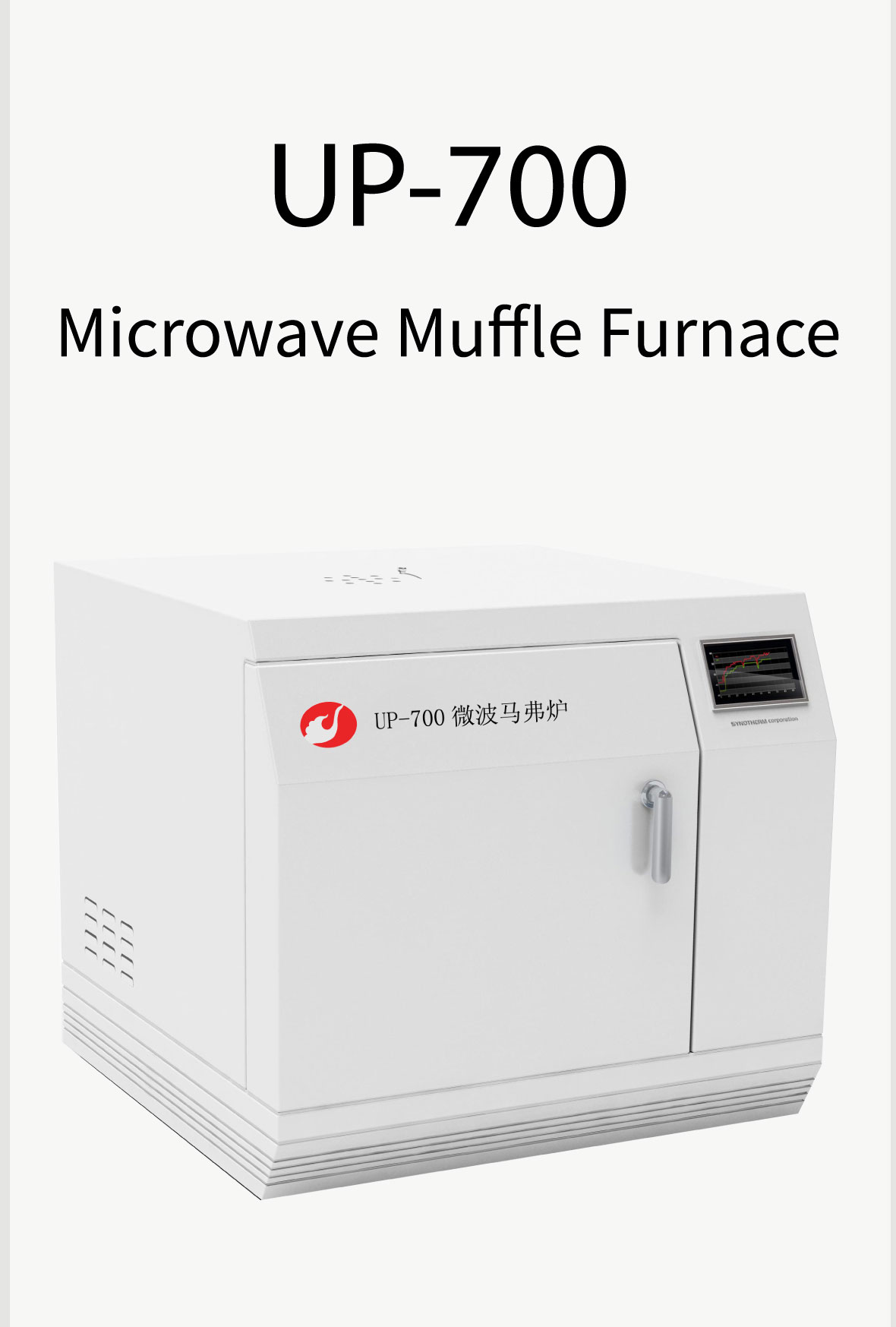

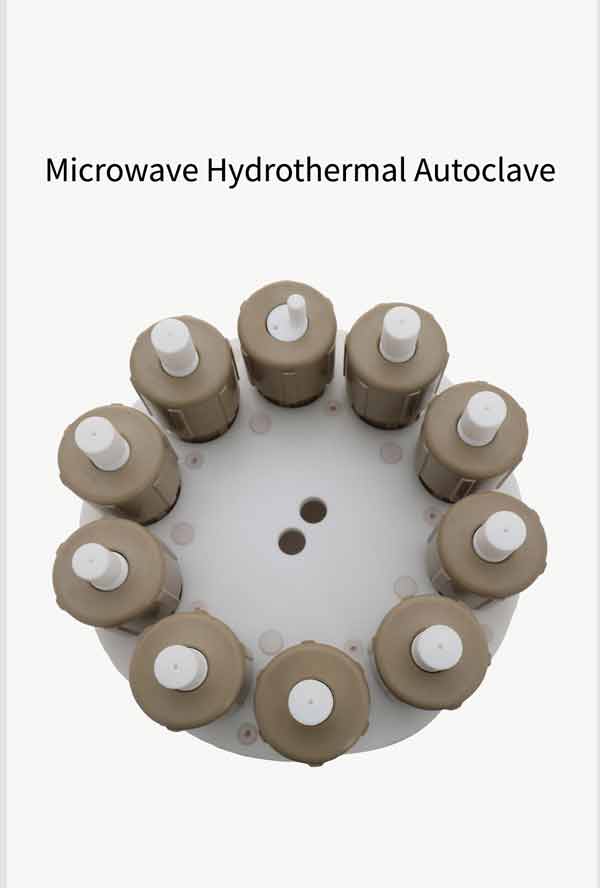

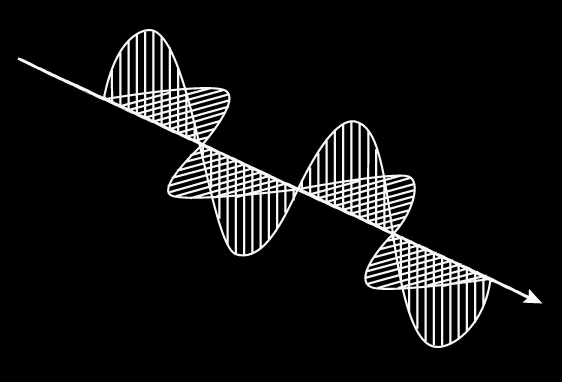

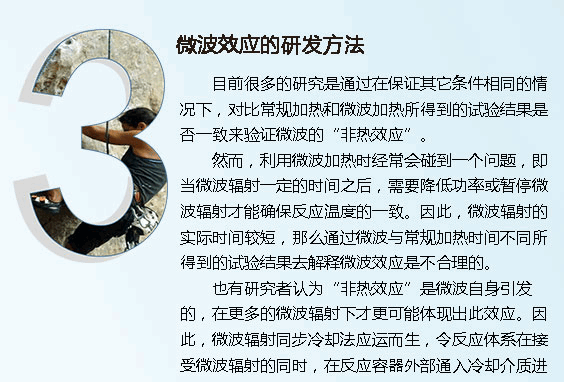
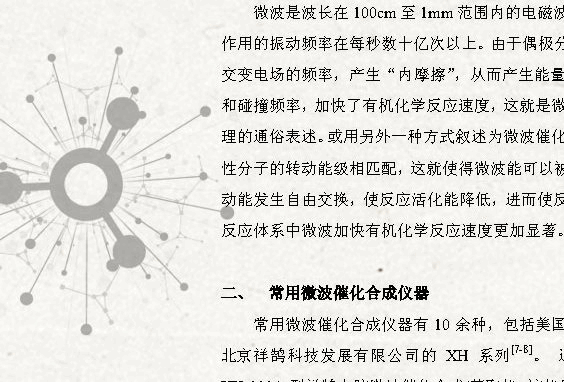

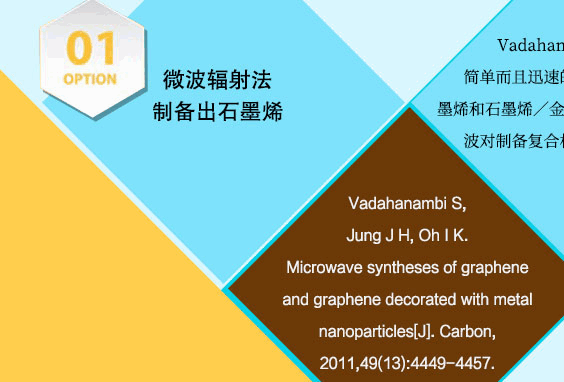
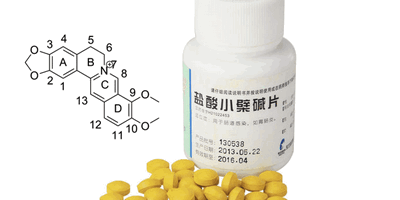


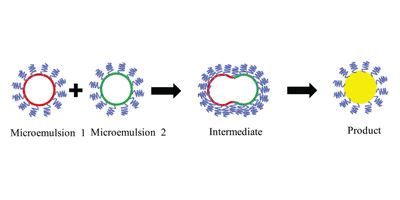
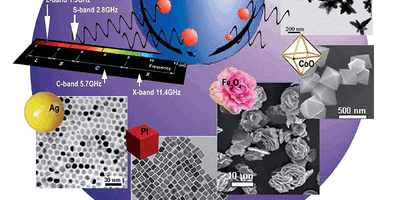
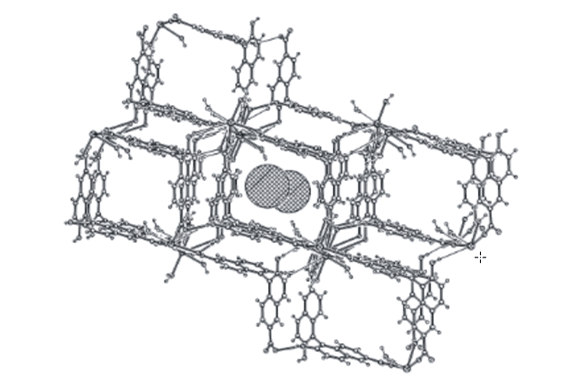
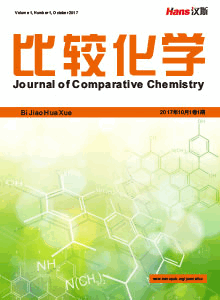
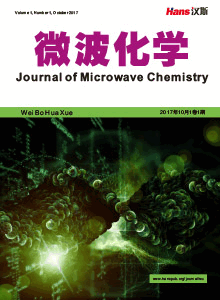





 京ICP备15050585号
京ICP备15050585号

